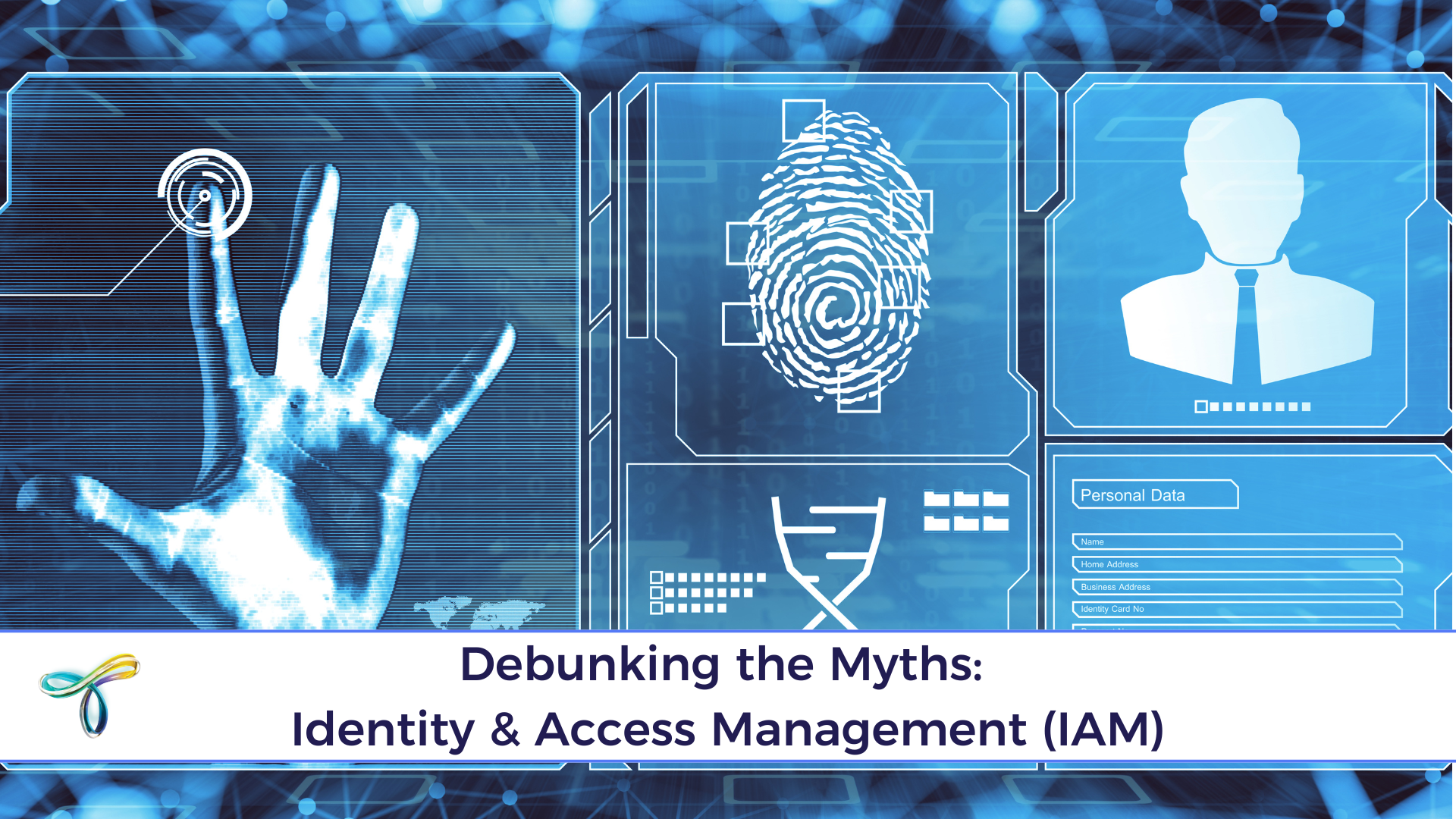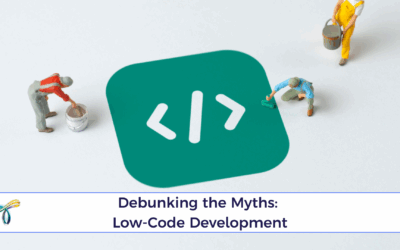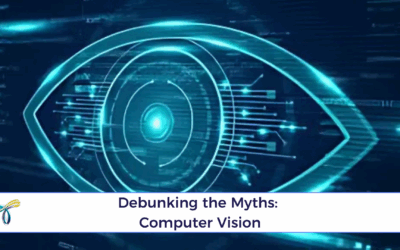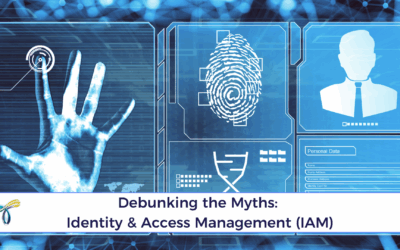Risk is becoming a major worry for everyone. CEOs who have recently been surveyed continue to identify numerous hazards to their organisations. Some of the main issues mentioned are technological development, geopolitical unpredictability, cybercrime, and the availability of crucial talents. To anticipate and manage these new risks, organisations must take proactive measures and update their Enterprise Risk Management.
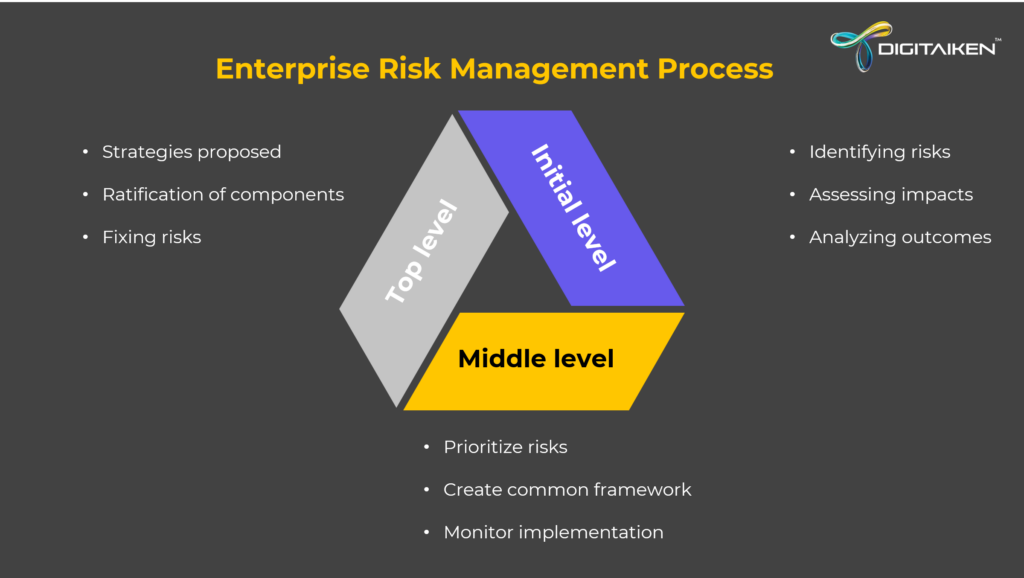
Your organization’s success can be boosted by creating a culture of risk awareness and management with a stronger focus on compliance and governance.
Some major stats to look into:
- Only 36% of organizations have a formal enterprise risk management (ERM) program.
- 69% of executives are not confident that their current risk management policies and practices will be enough to meet future needs.
- 62% of organizations have experienced a critical risk event in the past three years.
For over a decade, a lot of business managers have become aware of these possible risk management flaws and have started to embrace the idea of enterprise risk management as a means of improving their organization’s risk monitoring. To improve how they manage risks to the enterprise, they have proactively adopted ERM as a business process after realising that waiting until the risk event occurs is too late to address important risks effectively.
For corporate leaders, an efficient ERM process should be a crucial strategic instrument. The organization’s strategic plan should include insights about risks obtained through the ERM process.
Right Approach and Components of ERM
Setting the right objectives
To make sure that everyone is pursuing the same objective, organisations define their mission and vision. Each senior and junior employee is aware of their duties and responsibilities when these objectives are cascaded around the organisation.
These typical corporate goals serve as a manual while you create your risk management strategy. You can decide whether the risk is worthwhile to take when everyone is aware of the goal. You should also consider the following factors:
Risk tolerance is the highest level of risk you are willing to accept to accomplish your objectives.
Risk tolerance: The amount of risk you are prepared to accept to achieve your goals and objectives.
Once these characteristics have been established, you may create a high-level risk management plan that takes into account your plans and objectives.
Identifying opportunities and risks
One of the most important elements of the ERM framework is two different types of occurrences during the project execution process: risks and opportunities. Risks can halt the progress of a project, whilst opportunities can assist your company in a real way. The key component of the risk mitigation approach is an analysis of these events.
Risk evaluations and classification of risks
Depending on the numerous business areas they may affect, risks might take many different forms. It includes operational risks, which can result in ineffective resource management, compliance risks, which violate corporate rules and laws, and strategic risks, which constitute a danger to the viability of the firm.
Depending on the nature of your firm, you may add a lot more to the list. For an IT company, cybersecurity concerns are significant. You can prioritise these risks and choose a course of action thanks to the categorisation.
Strengthen business tech
Organizations must effectively filter a greater stream of data into insights that can be used to drive decisions as a result of risk considerations becoming more open.
Technology is becoming more important, but skilled analysis, interpretation, and distillation are still crucial. The more automated you can make the process of gathering and acting on risk information, the more competitive you will be. Technology may assist in ensuring that the data is pertinent, accurate, well-protected, and simple for decision-makers to access. Finally, leaders must ensure that they can concentrate on indicators of the business context, governance and culture information, emerging risk trends, and predictive risk metrics.
DigiTaiken’s Enterprise Risk Management Framework
At initial level:
Designated risk owners are assigned to ensure the accountability of the risk. This level helps to facilitate a process for identifying, assessing, and analysing outcomes for each risk and quantifying the impact.
At middle level:
A common risk management framework is defined to provide a direction to implement, manage, and monitor risks, prioritizing each risk to determine how it adds to the aggregate ERM solution.
At top level:
Strategies are proposed and evaluated after the aggregation of risk information. Fixing risk appetites with ratification of key components of ERM solution.
Conclusion:
Risk modelling through ERM helps define risk by gathering and analyzing data that provides insights into the interactions of the value of taking risks while achieving business objectives. DigiTaiken is focused on maintaining the right balance between both and facilitating you to create the best value with expertise.


